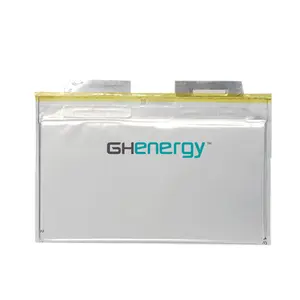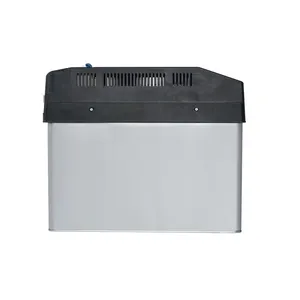
Graphene Super Capacitor Pouch Cells 4.2V 21000F Ultracapacitor Battery Graphene Super Capacitor Battery 21000F


Low Voltage LV 400Kvar Intelligent/Smart Capacitor Bank Automatic Power Factor Correction APFC Panel





















A 48v supercapacitor stands as a pivotal component in the realm of energy storage and power management. This advanced type of capacitor distinguishes itself by its ability to rapidly store and discharge energy, making it an ideal choice for applications requiring quick bursts of power. Unlike traditional capacitors, the supercapacitor boasts a higher energy density and a longer life cycle, catering to the demanding needs of modern electronic systems.
The versatility of the 48v supercapacitor is evident in its wide range of types, each tailored for specific applications. From the robustness required in industrial machinery to the precision in consumer electronics, these supercapacitors are integral in smoothing power fluctuations and providing energy surges. Their applications span across renewable energy systems, automotive electronics, and backup power supplies, underscoring their importance in both stability and efficiency of electronic circuits.
Delving into the technical aspects, the energy storage capacitor is engineered with materials that enable rapid charge and discharge cycles. The materials used in a 48v supercapacitor often include high-surface-area electrodes and electrolytes that facilitate the storage of electrical charges. These materials are key to the supercapacitor's performance, influencing its capacitance and voltage capabilities. The design and material composition directly impact the device's thermal stability and operational safety.
The high-capacity supercapacitor offers a suite of advantages over conventional capacitors. Its high energy density translates to a greater amount of energy stored per unit volume, while its power density ensures quick delivery of this energy. Additionally, the 48v supercapacitor is known for its longevity, capable of enduring millions of charge-discharge cycles without significant degradation. This reliability is crucial for systems where frequent cycling is a norm, such as in power grid applications.
The core function of a 48v supercapacitor is encapsulated in its capacitance, the unit of which is the microfarad (μF). This parameter is indicative of the energy storage capacity of the supercapacitor, with higher values signifying a larger energy reserve. The voltage rating, on the other hand, denotes the maximum voltage the supercapacitor can handle, which in this case is 48 volts. Understanding these specifications is crucial for selecting the right supercapacitor for a given application, ensuring both performance and safety.
In electronic circuits, supercapacitors can be configured in series or parallel, depending on the required voltage or capacitance. A 48v supercapacitor in series can achieve higher voltage ratings, while parallel configurations increase the total capacitance. This flexibility allows engineers to tailor the energy storage system to the specific demands of the application, optimizing for either higher energy or power as needed.